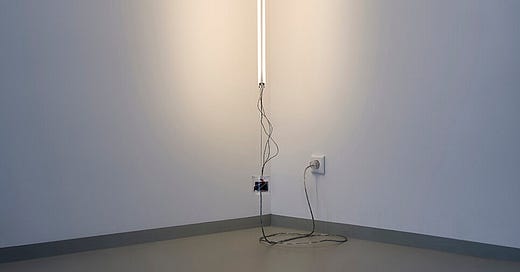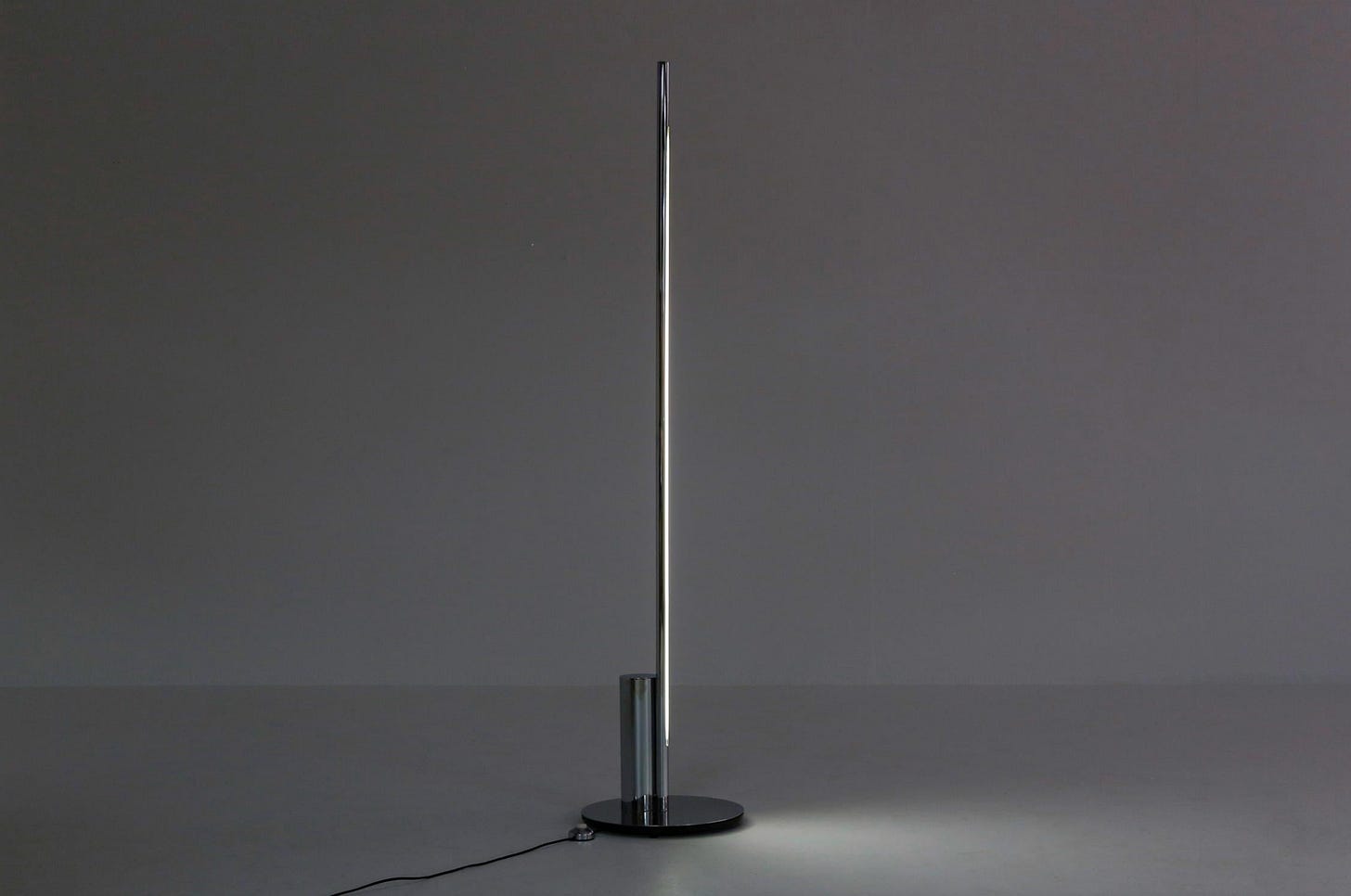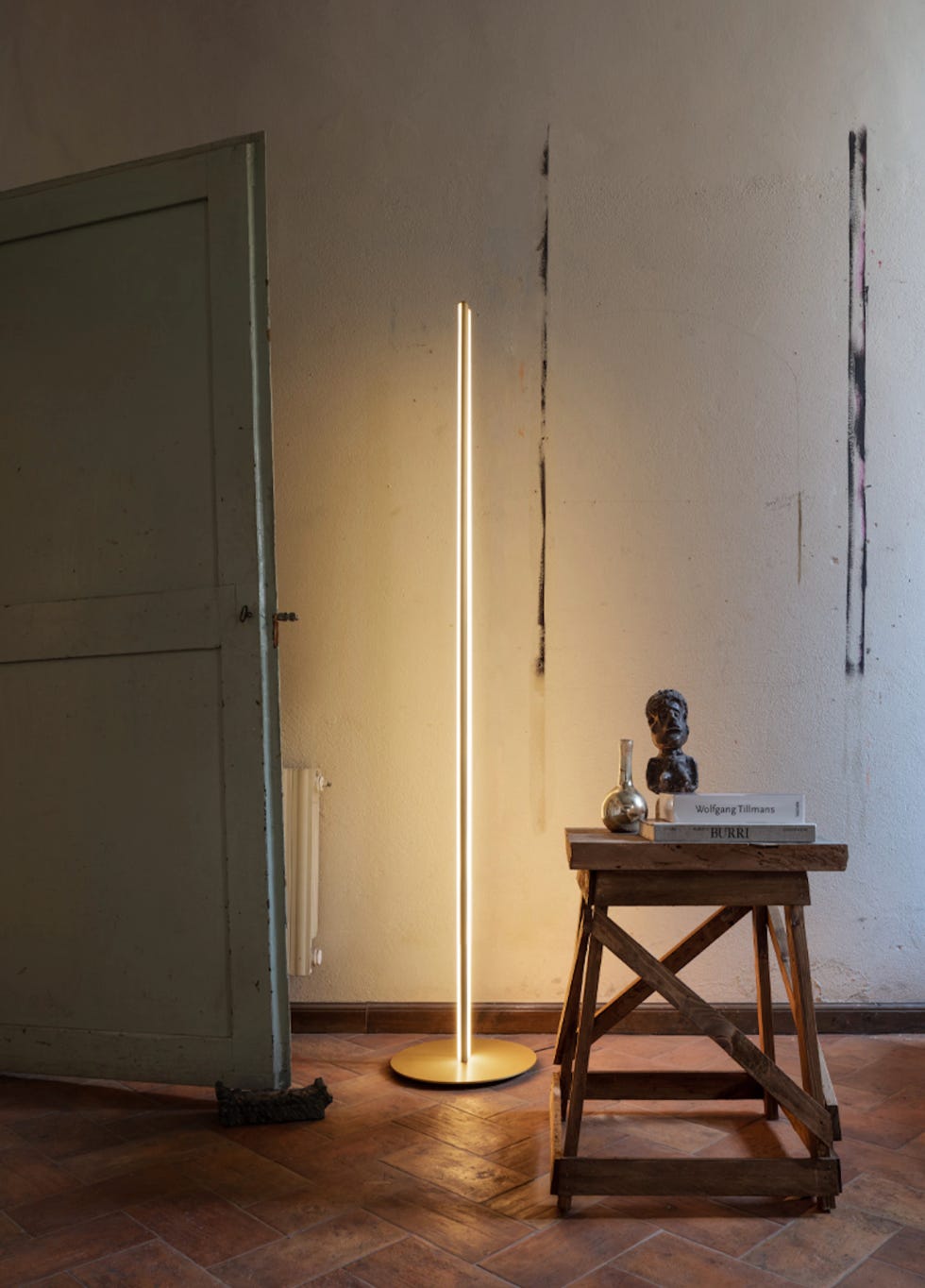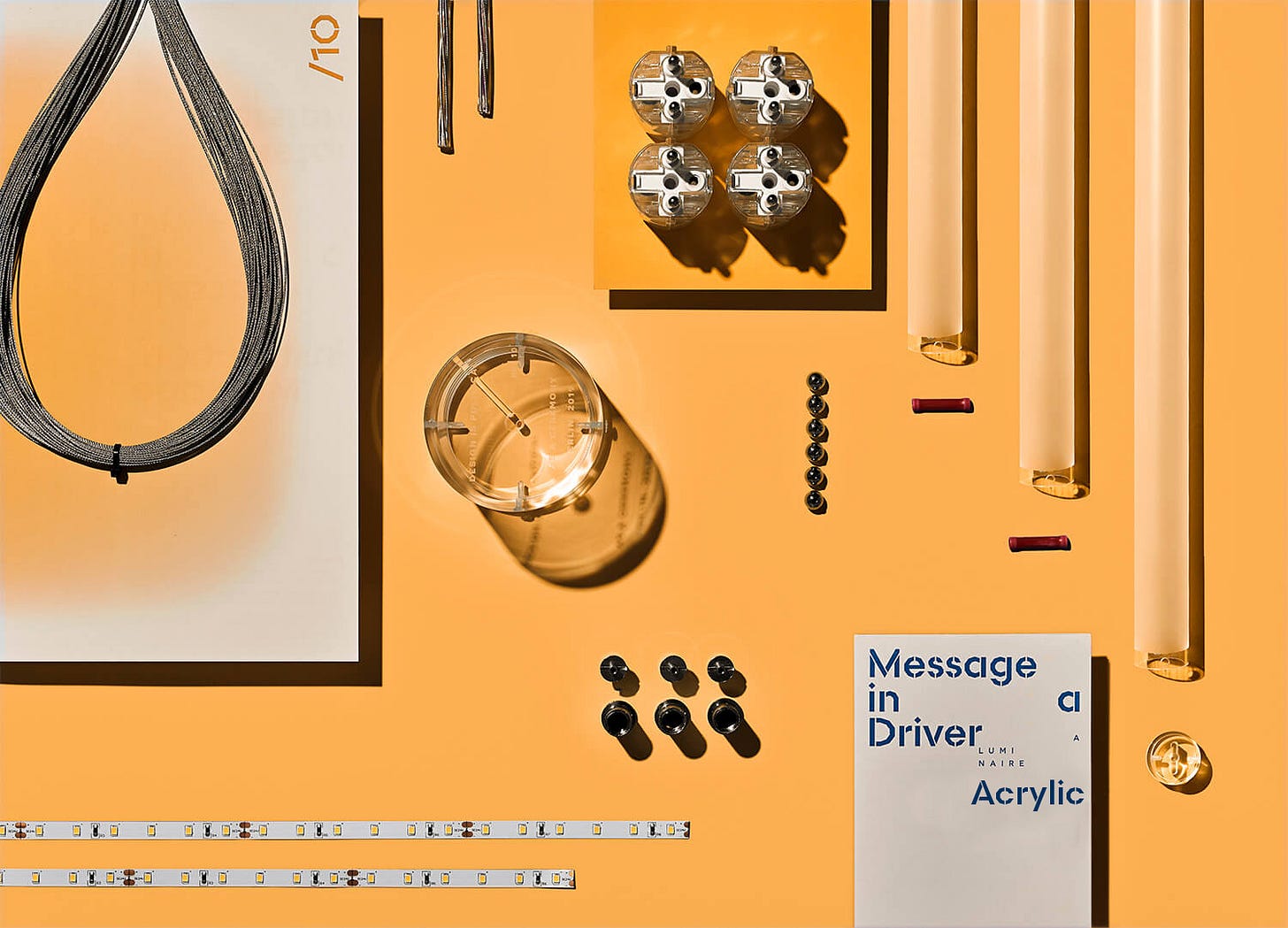Reduced to Perfection: Four Quintessential Linear Luminaires
Although many designers and manufacturers have tried, only a select handful have managed to create a decorative linear luminaire with genuinely minimalist qualities. Here’s our top picks
Perfection is achieved, not when there is nothing more to add, but when there is nothing left to take away.” -Antoine de Saint-Exupery, 1900.There’s one word that design writers incessantly overuse to describe just about anything: minimal. The way a chair looks? minimal. The feeling of the space? minimal. The functional quality of the piece? minimal.
While it’s easy to label something as such, only very few pieces of design are genuinely minimal in the truest sense of the word - that is, reduced to the point that nothing else can be subtracted from their design.
Naturally, in the world of decorative lighting, manufacturers love to describe their products as minimal. But in reality, only one type of luminaire truly embodies minimalism: the linear luminaire.
Since Eileen Gray threw down the gauntlet with her tube light in 1927, the linear luminaire has brought a very unique characteristic to the world of decorative lighting: the light source itself doubles as the structure of the luminaire.
It’s for precisely this reason that they deserve the accolade ‘minimal’, for their form owes everything to their function.
Although many have tried to capture the simple, non superfluous recipe of the linear luminaire, only a few have truly succeeded in adding something of worth to the simplest of forms.
Here’s four linear luminaires which have carried the minimalist flag throughout one hundred years of decorative lighting design.
Eileen Gray, Tube Light
As far as I’m concerned, Eileen Gray’s tube light is the luminous embodiment of reduction.
Consisting of an appropriated S14s tube light source adapted into an upright linear form, the light source is the luminaire, and it’s supported only by a thin tubular chrome stand for structure.
Aside from being a totemic yet unmistakable statement, the linear luminaire is compact enough to fit neatly into corners and small spaces. And because of its long surface area, the light source produces sufficient illumination with no glare.
Unfortunately for designers, Grey set the bar so high (or low, if we’re talking in minimalist terms) that in the following hundred years, it’s been difficult to better this cracker of a design.
The tube light still looks contemporary almost a century later, and is still being produced by Classicon.
Linear light, Nanda Vigo
I would argue that the first to add something worthwhile to Gray’s original design was Italian designer and artist Nanda Vigo.
Although Vigo was an artist, designer, architect and all round creative generalist who seamlessly blended different mediums to create her own distinctive aesthetic, linearity and light were two common themes permeating her work.
Producing her linear luminaires in the 1960s courtesy of Arredoluce, Vigo was able to cement her legacy in the world of lighting.
While most of her ‘design’ creations fall into the category of artworks (and can indeed sometimes be found for sale in Milan’s most revered design galleries, such as the Nilafur gallery), this particular piece falls firmly into the category of design.
Similar to Gray’s piece, the light source of Vigo’s luminaire doubles as an integral part of its structure.
The simplicity of form is underpinned by the supporting structure. The neon light source is lodged in a chromium plated steel tube, with the transformer housed in a smaller steel tube.
There are two differing versions: one with a continuous opening in the steel tube for a long linear lighting effect, and one with interrupted light, with the light being emitted throughout three vertical openings.
No longer in production, examples on the market tend to exchange hands for anywhere in the region of €6,000 to €10,000.
Michael Anastassiades, Coordinates
Producing designs for his own studio as well as for lighting giant Flos, Anastassiades’ luminaire designs manage to convey material and light in their purest forms.
Although Anastassiades has several linear luminaires to his name, the coordinates floor series for Flos holds a particularly special place within the canon of linear luminaires.
Its proportions are just so on point. And the beautiful materiality of the anodised aluminium base provides a slick sparring partner to the 2 metre tall body, which consists of two twistable luminous vertical rods that can be aligned during installation.
Like other Anastassiades luminaires, Coordiantes floor exudes such a dosage of headspace and calm, it’s quite remarkable. You can feel the reductionist essence of his design philosophy woven into the luminaire. You really can’t imagine that anything else could be subtracted from the design. For this reason, it’s an object which emanates the purest of beauty.
Also worth a mention is the Flos’ Coordinates system of suspended pendant formations, which create a grid-like effect inspired by the Cartesian coordinates system of René Descartes.
Discover Coordinates
Message in a Driver, As a Ceremony
Alessia Pegorin and Antonia Insunza, the two ladies behind lighting design studio As a Ceremony, designed Message in a Driver in 2020.
As can be seen with the main photo of this article, this suspended luminaire manages to create a totally new perspective on the traditional linear light thanks to its transparent design, which was available in both metal and acrylic versions.
In the acrylic version, the translucent body draws attention to the details and the essential electrical components of the light which are normally intentionally hidden. The electrical wires are completely visible and the driver is stored in a transparent cylinder that functions as a pendulum, giving the lamp the needed weight to prevent it from swaying.
Exposing the hidden components of the luminaire, the result is a luminaire that ‘boasts rather than vindicates the technology responsible for its glow’. In any case, a lovely touch.
The suspended lighting fixture offers a soft, warm light when turned on, and becomes nearly invisible when turned off, giving it an unobtrusive chameleon-like presence with an ability to adapt to its environment.
What makes this luminaire even more special is the fact that only 10 of them were ever produced. Which makes this one the rarest one of the lot. Please produce a few more ladies!








